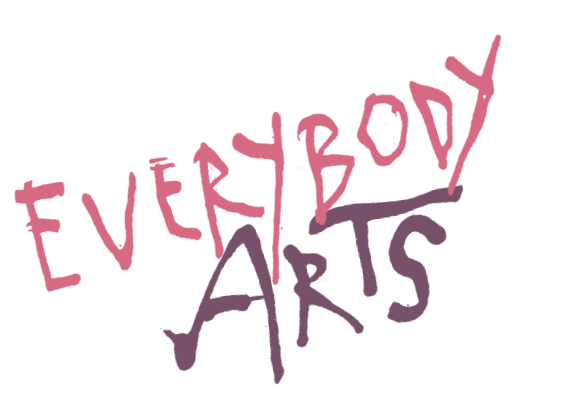Arts and Crafts
PRINTMAKING WORKSHOPs
Four printmaking workshops created by Artist Annie Fforde inspired by nature and the arts and crafts movement. These distance learning workshops can be completed in your own time at your own pace making use of materials found around the house.
Each workshop can be completed as a stand alone activity that focus on a specific technique or together to provide an overview and introduction to the basics of printmaking. The workshops start with Drypoint, one of the most accessible techniques using recycled materials found around the house. The next workshop, Monotype explores the quick, playful side of printmaking is followed by Collagraphy where you will discover ways to develop the textures and tones of your work.The final workshop, Reduction Lino, requires some specialist materials which you can find at most arts and craft stores.
Suitable for all ages and abilities, each workshops comes as a downloadable pdf with step by step instructions and a short video. Instructions are easy to follow and designed to be completed at home from the kitchen table with whatever’s to hand!
Once the workshops is completed students can get feedback from the tutor by email, whats app video or zoom or attend a group sharing and making session at Artworks on the 8th of September from 10-12pm. Participants must book using the form below.
Sharing session Booking form
Attend your free sharing session on 8th September 10-12 pm at Artworks in our School on the ground floor level.
Places are limited so please use this form to book and provide us with as much notice as possible if you need to cancel.
You can review our reopening guidance for visitors here and a full risk assessment of the building here.
About the Artist
Annie Fforde has over 20 years printmaking experience. Recently returned from living and working in French Catalonia, leading workshops for members, and a local college, exploring and combining many techniques of print. Organising local exhibitions, national and international, and exchanges with various different groups of printmakers. Since returning to the UK, I enjoyed meeting up with old printmaking friends and through the West Yorkshire group Inkers I have been able to lead several workshops with the aid of Arts Council funding which has been awarded to our group for research into the Bradford textile archives. This will result in an exhibition at the Dye House in Bradford. I have been involved with other workshops,the Piece Hall for the People Play project, the Artworks, where we are planning a summer school and the Leeds Industrial museum. I have had several exhibitions since returning to the UK, the Dye House, Bradford, Lincoln Open, Ropewalk Gallery, Dean Clough, Halifax. We have a couple of exhibitions pending including Arts Trail in Saltaire.
annieffordeinkinspiredworkshops.wordpress.com
Creating prints Inspired by Nature and the Arts and Craft Movement
The British Arts and Crafts Movement started as a reaction to the Industrial Revolution with its mass production of objects and the low status of the decorative arts.
Honeysuckle by William Morris
© Victoria and Albert Museum, London
The movement was influenced by the designer William Morris who had become increasingly frustrated with mass production. He was Internationally recognised for his floral designs in the home. He was inspired by the writings of the Victorian art critic, John Ruskin who thought the methods of mass production were detrimental to the nation's health.
Compton by William Morris
© Victoria and Albert Museum, London
The Arts and Craft movement thrived in the countryside, with it's nostalgia for rural traditions and pre Industrial Revolution ideals. There was a yearning for the beauty of quality craft methods and a return to the small cottage industries. Students and amateurs were encouraged to train and many women took an active role as designers and makers.
Willow Boughs Wallpaper by William Morris
© Victoria and Albert Museum, London
The movement continued to develop and flourish and work can still be seen today in the Society of Designer Craftsman.
William Morris designs were influenced by the medieval tapestries and hangings with images of natural and dense vegetation. He used colourful and contrasting colours, such as red and green and blue and orange. The artists and designers in the movement drew on nature for much of their inspiration for the richly coloured patterns and designs.
Text by Annie Fforde
Images from V&A collections https://collections.vam.ac.uk/




